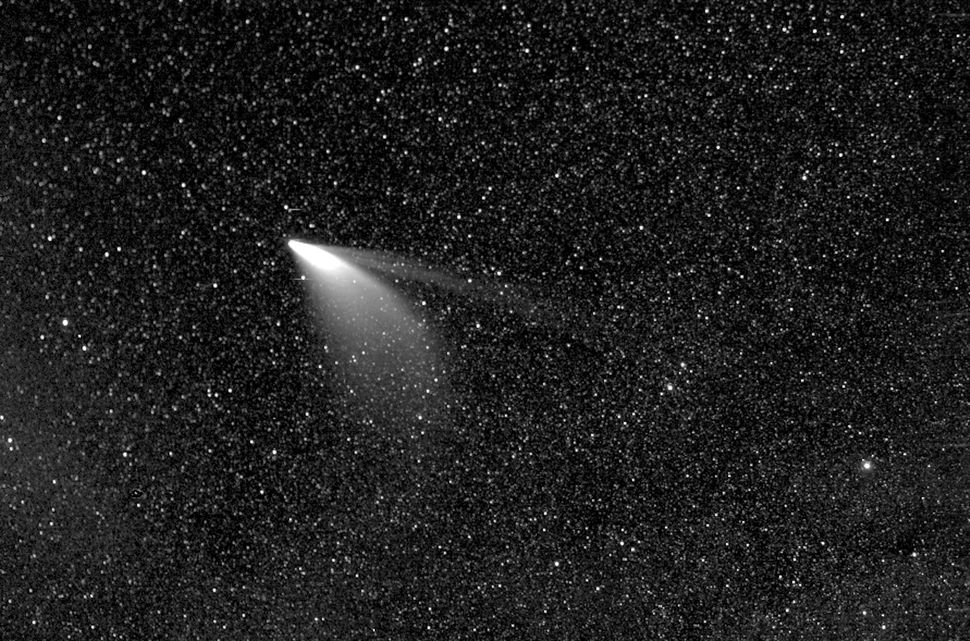directly relevant to our immediately previous Mané Lud decipherment posting ...
is the question of
whether the Mané Lud (Mane Lud) megalithic dolmen
and its passageway stones
in their total "comet-like" form
were erected ca. 6766 years ago
(the orbital period of Comet Neowise calculated by our modern astronomers)
to commemorate the then similarly close Earth passage of
Comet NEOWISE in the stars of Auriga.
Neowise is named for the telescope used to first discover it in our era,
viz. named C/2020 F3 officially astronomically, and is now seen --
11 July 2020 -- in "full bloom" viz. in full "spouting form" in the starry sky.
See the NASA etc. photo at Space.com which is credited there as:
"Processed data from the WISPR instrument on NASA’s Parker Solar Probe shows greater detail in the twin tails of comet NEOWISE, as seen on July 5, 2020. The lower, broader tail is the comet’s dust tail, while the thinner, upper tail is the comet’s ion tail. (Image credit: NASA/Johns Hopkins APL/Naval Research Lab/Parker Solar Probe/Guillermo Stenborg)"

in that region of the starry sky that we modernly designate as the stars of Auriga.
That "coincidence" raises the further question about Mané Lud
of whether the mystery figure that is clearly carved
into the central standing stone of this ancient megalithic site
-- seen by some as allegedly depicting a sperm whale with a giant spout --
actually depicts instead, nearly 6800 years ago,
the cometary "split" tail of C/2020 F3, i.e. the Comet Neowise,
which modernly has a split tail according to EarthSky
and could be symbolically represented as we see at Mané Lud
by early stargazers who did not yet know what a comet was.